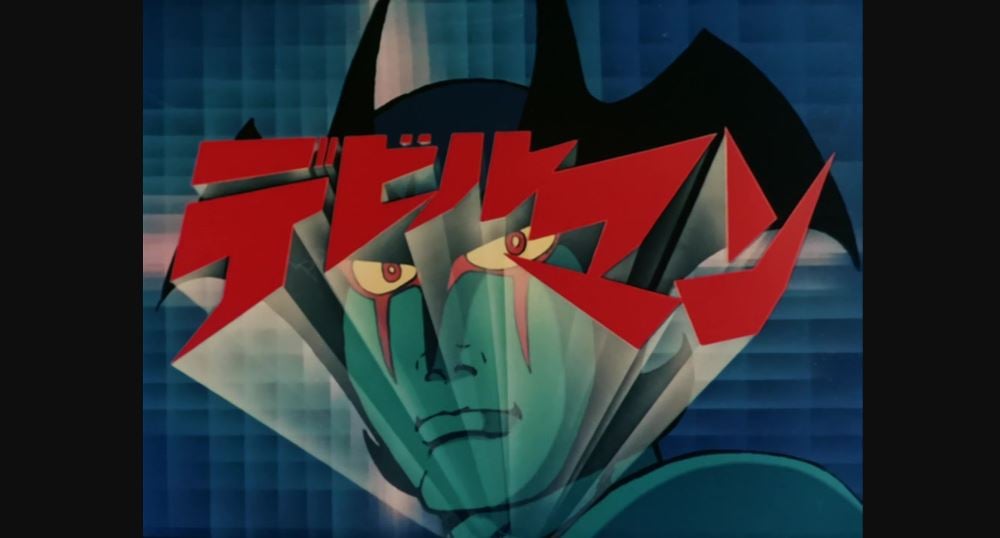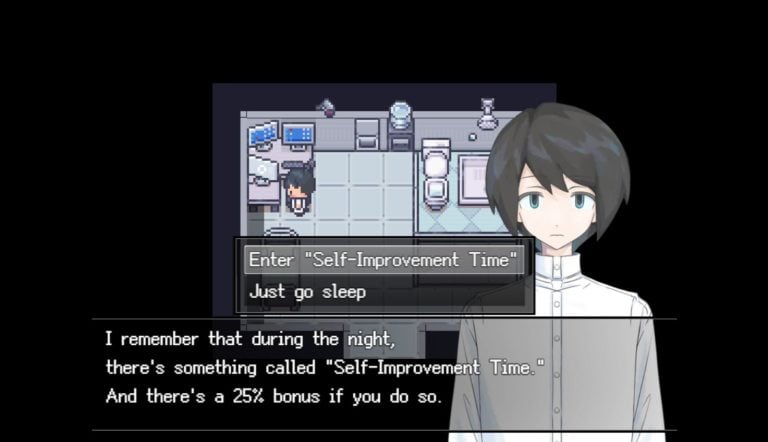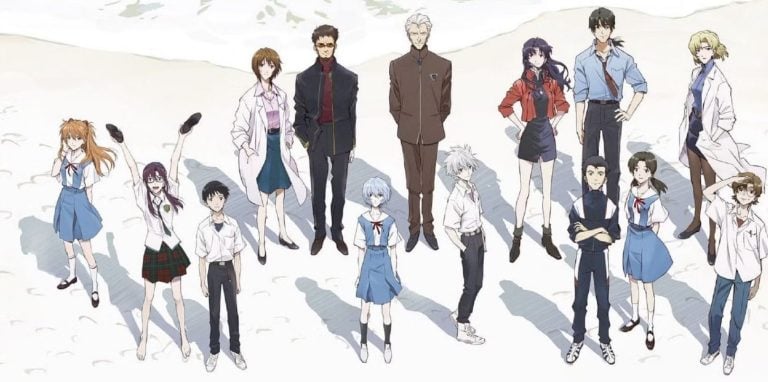Over the past decade, anime has rapidly transformed from a niche subculture to a global industry that accounts for a huge chunk of Japan’s exports. Although a lot has already been said about why anime became so big outside of Japan, it’s not every day you get to hear the perspectives of industry figures who were around to witness US movie theaters refusing to screen anime first-hand. Creators from Toei Animation, Japan’s oldest anime studio, recently talked about “The reasons behind anime’s popularity that Japanese people don’t know about.”
Speaking to President Online, Tatsuya Nagamine, a veteran anime director at Toei Animation (who directed Dragon Ball Super: Broly and much of the One Piece anime) says that the reason why Japanese anime has become so big on a worldwide level is because it offers “eccentric” works. “Right now, only Japanese animation offers bizarre stories where you truly can’t predict what will happen next.”
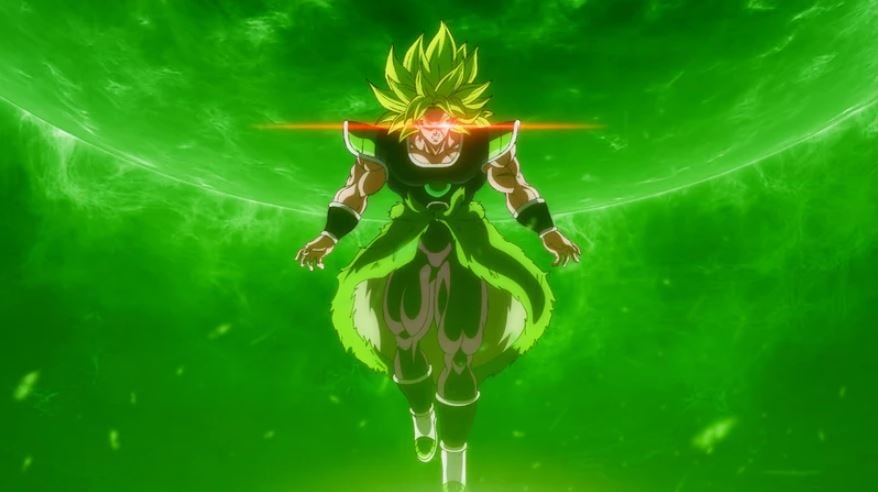
Nagamine compares the position of Japan in animation to that of France in haute couture. “Japanese anime creators are like French designers. You could say the whole world is anxiously waiting to see what kind of strange creations they’ll put out next.” On a more practical note, he also mentions the importance of Japanese anime predominantly being produced for television. As airing shows rotate every three months, there is a constant turnover of new titles that satisfy a wide range of tastes.
As an antithesis to Japanese animated works, Nagamine cites the works of Disney and similar Western studios, which he considers to be formulaic. “I think overseas fans of animation are already tired of predictable Disney-style works.” Ironically, Toei has at occasions been referred to as “The Disney of Asia” for how it pioneered animation production in the region.
Toei Animation’s producer and adviser Shinji Shimizu doubles down on this perspective, commenting, “Japanese anime comes from comics. There is great care put into the characters. Disney, on the other hand, has predetermined storylines, and there is always a happy ending. In Japanese anime, you may see a protagonist die halfway through, or a villain turn out to be a hero – it’s made to be satisfying even for adults.” Although anime is a large-scale commercial export, its roots lie in the niche realm of manga, which has been relatively free of restrictions. Shimizu suggests that this is what compelled “US audiences, who grew tired of Disney” to turn to anime.
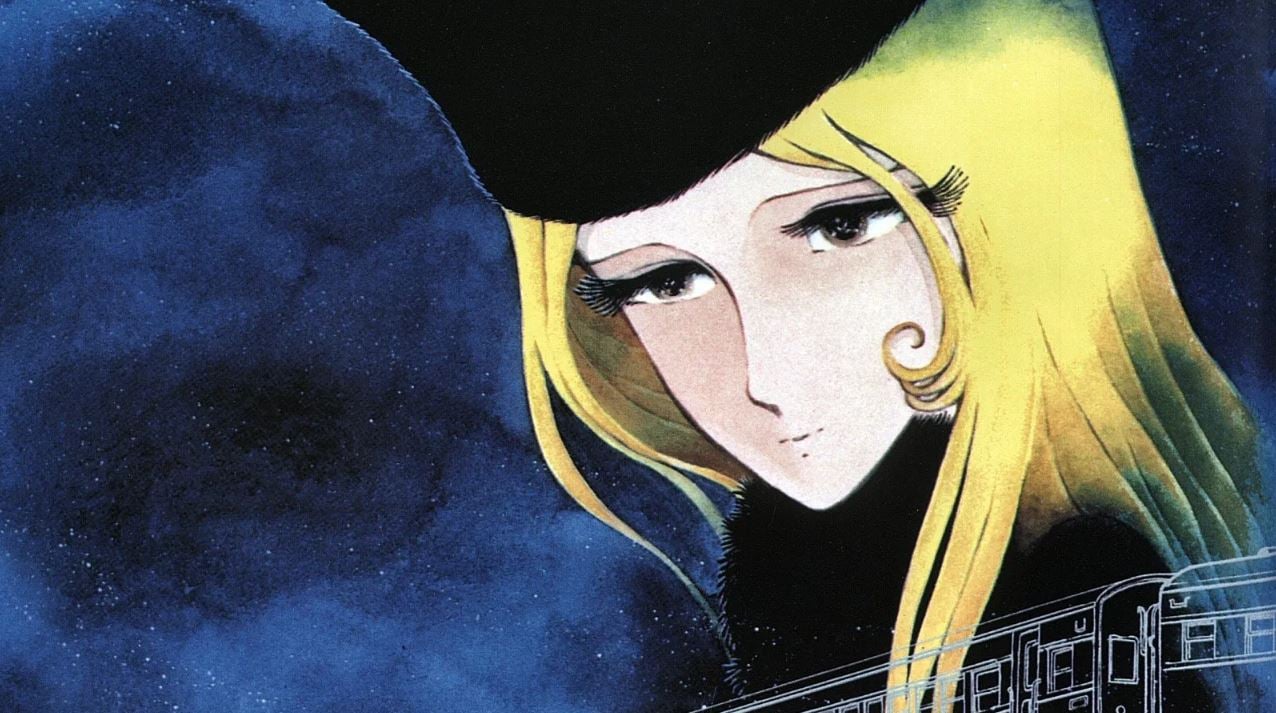
But despite how global it has become, Toei’s veterans consider that the appeal of anime lies precisely in its Japaneseness. Shimizu comments, “What the world is paying attention to in anime is Japanese culture, but not things like kabuki or sumo. It’s everyday life.” Citing examples such as Western viewers’ fascinations with the school and campus life of students in Japan, he concludes that Japanese anime has found success by visually presenting aspects of Japanese life that don’t exist overseas.
On the other hand, an aspect of anime that has changed with the medium’s expansion into the global market is undoubtedly the production scale and costs. Although competition between domestic studios is also a factor, Nagamine says that audience expectations are why anime has become so much more detailed with time. “If the quality isn’t high, you can’t win, and when you consider [the demands of] the overseas market, you have to keep raising the quality.” Kadokawa, another big player in Japan’s anime industry, has similarly shared plans to shift to higher budget production, which it considers a necessary condition for achieving global commercial success.
Related articles: Overseas sales of Japanese content increased by over 1 trillion yen in 2023, carried primarily by console games and anime

